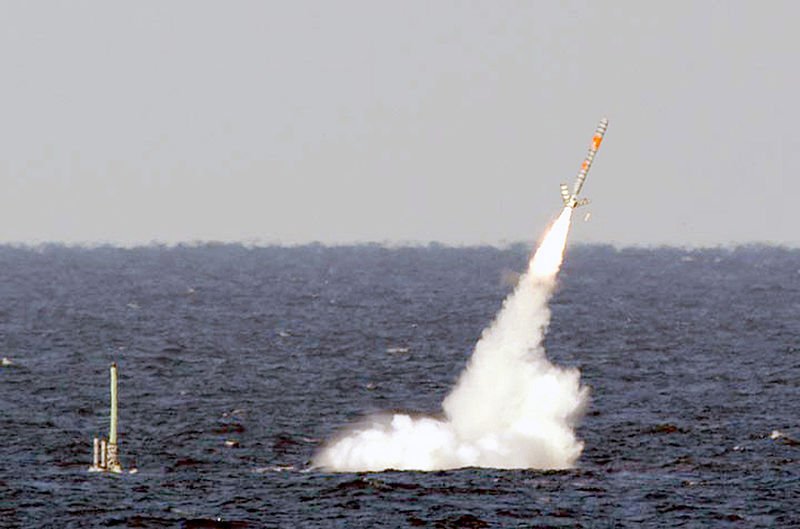It is no longer a question of if, but when: the U.S. and several of its European and Middle Eastern allies appear poised to expand airstrikes against the Islamic State by targeting the organization’s sanctuaries in northern Syria. These developments have sparked intense debate over whether an earlier and more decisive intervention in Syria’s civil war could have thwarted the rise of the militant group. But a critical reference that is largely absent from this discussion involves a separate regional conflagration that is being overshadowed by events in Iraq and Syria: the deterioration of Libya.
In evaluating the promise and pitfalls of international intervention in the Middle East, Libya provides an apt comparison to the Syrian case. Unlike in Syria, external actors operating under the auspices of NATO aggressively and successfully intervened on behalf of rebel forces, helping depose the reviled regime of Muammar Gaddafi and backing the formation of a new transitional government. But just like Syria, Libya has fractured into a handful of de-facto sovereign enclaves ruled by provincial militias that clash via a tangled web of ephemeral alliances. As in Syria, despite operating under the architecture of a national, unified state, the struggle for political and economic resources in Libya continues to unfold at the subnational and transnational levels, with claims to authority cloaked in ethnic, sectarian, and ideological appeals.
Two radically different intervention strategies have therefore yielded strikingly similar outcomes. Both Libya and Syria have become havens for militants, flooded with weapons and a steady stream of outside fighters. Both have witnessed Islamic hardliners — the Islamic State and Jabhat al-Nusra in Syria, and Ansar al-Sharia in Libya — make significant gains over more moderate and nationalist factions. Despite an anti-Islamist resurgence led by Gen. Khalifa Hafter in Libya and the Free Syrian Army in Syria, the violence in both countries has emboldened regional affiliates or offshoots of Al Qaeda; AQIM in North Africa and the various subgroups that once comprised Al Qaeda in Iraq. Islamic authority has been declared in Benghazi, as it has in Raqqa and other towns in northern Syria and Iraq. And in both conflicts, combatants have benefitted from funding and supplies from Western and regional governments, in addition to Islamic charities and private donors. With the Islamic State’s incursion into Iraq, militants from both the Syrian and Libyan theaters enjoy access to lucrative oil resources that can be used to both sustain an insurgency and compensate for rudimentary governing structures.
These parallels serve as a critical reminder of the complexities of intervening in civil conflicts. Interventions can serve various purposes — political, military, humanitarian — and Libya reveals that a more concerted humanitarian and military response to the Syrian uprising would not have ensured a peaceful and sustainable resolution to local contests over political power. Absent a robust externally-imposed force, deposing Bashar al-Assad would not, and will not, bring stability to Syria any more than overthrowing Gaddafi brought stability to Libya. As the crosshairs move from Assad to the Islamic State, those debating an intervention should keep this in mind.
Decisive interventions often demand clear front lines and a commonly agreed-upon enemy. Libya benefited from this in the case of the feeble and wildly unpopular Gaddafi, but no longer. Like Syria (and to a degree, Iraq), Libya has proven to be a complex series of localized conflicts loosely connected under the vestiges of an artificial nation-state. Despite the regional implications, the international community is far from aligned on these battlefields.
While some argue that covert airstrikes against Libyan militants by Egypt and the UAE could open the door for allied operations both in Libya and against the Islamic State in Iraq and Syria, they should instead be seen as illustrating how split Western and Middle Eastern governments are in these proxy wars. The U.S., Saudi Arabia, Turkey and Qatar, and the UAE and Egypt have all supported different (and often competing) armed groups. For those calling for intervention, then, the challenge lies not just in establishing clear goals — but getting leaders to agree on them.
